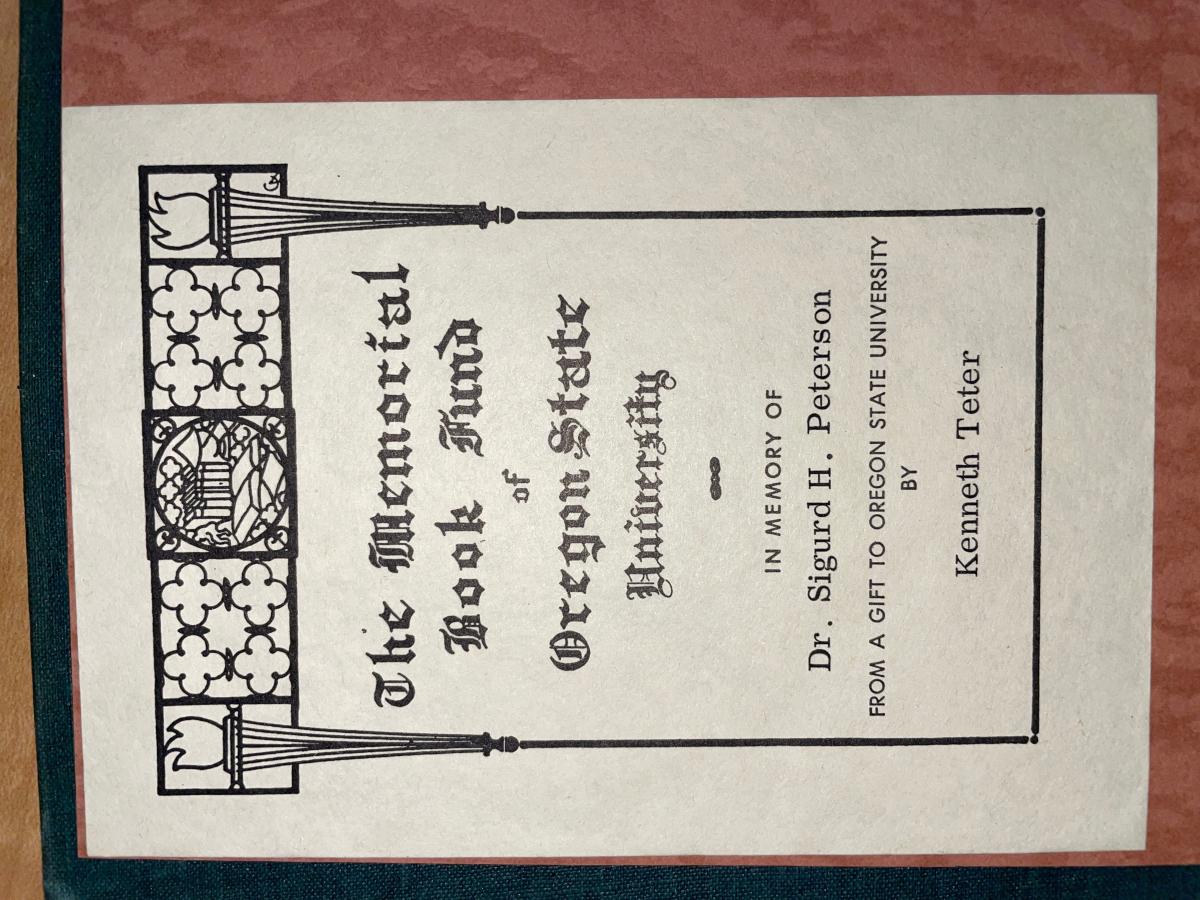What I find most interesting about the history of this version of the Rubáiyát was how little is known about the illustrator outside of what he's done for this edition. What I was able to find about this version of the Rubáiyát was all due to the title page, the author's note, and the introduction. On the title page, the title, translator, illustrator, publisher, publisher’s address, and the price were all laid out for me. Something easy I was able to discover was the price. The very bottom of the title page reads, “Price: Twelve Rupees.” In 1946, when this edition is believed to have been published, twelve rupees were equal to approximately thirty cents in U.S. dollars. This offers some insight into the economic context and accessibility of the book at the time.
As stated in previous sections of this exhibit, the publisher of this edition is the Indian firm D.B. Taraporevala Sons & Co. Looking further into the publisher, I was able to find out a little bit more about them. The bookstore was called “Treasure House of Books” with the address listed as 210 Hornby Road, Fort, Bombay (what is now called Mumbai). With this information, I dug a little bit more into the past. D.B. Taraporevala Sons & Co., founded in 1864, was initially known as a bookseller, newsdealer, and stationery merchant operating at a different location. In 1936, they opened the Hornby Road location, which soon became a cultural hub. At this site, they even maintained “a branch in the Taj Mahal Hotel at Apollo Bunder to serve an elite Indian and high-class foreign clientele” (Franz 2021). This positioning within one of India’s most luxurious hotels suggests the publisher’s prestige and the high regard in which their books were held.
Something else that has been previously mentioned is the illustrator, Mera Ben Kavas Sett. The publisher dedicated a publisher’s note just for him at the beginning of this edition. In this note, they claim that Sett “had a great reputation as an artist in Europe” and that Sett was “known in Europe as an interior decorator...[and] has illustrated many other works.” While Sett was known as an artist, he also produced a limited number of copies of a book of stories based on the musical works of famous composers. In 1914, through Galloway & Porter at Cambridge, Sett published a different version of the Rubáiyát that also had a limited number of copies. This reaffirms his long-standing interest in the work and suggests a deep engagement with its themes. As I said before, there isn’t much more information to be found on Sett despite him being described as oh so famous, which doesn’t really have any proof other than multiple sources claiming that and offering no evidence. It leaves one wondering how an artist of such supposed renown could leave behind such a faint trace.
Now, the book sits in the Oregon State University archive. Dozens of books were donated by Kenneth Teter in memory of Dr. Sigurd H. Peterson. Just like Sett, not much is known about Teter either. Why did he have this vast collection? What made him donate to the university? So many questions remain unsolved. Either way, many people at Oregon State University are greateful for his very generous donation.
Sources:
Margit Franz; Rachel Lee. "New Book Co.." METROMOD Archive, 2021, https://archive.metromod.net/viewer.p/69/2951/object/5145-12057989, last modified: 21-09-2021.


